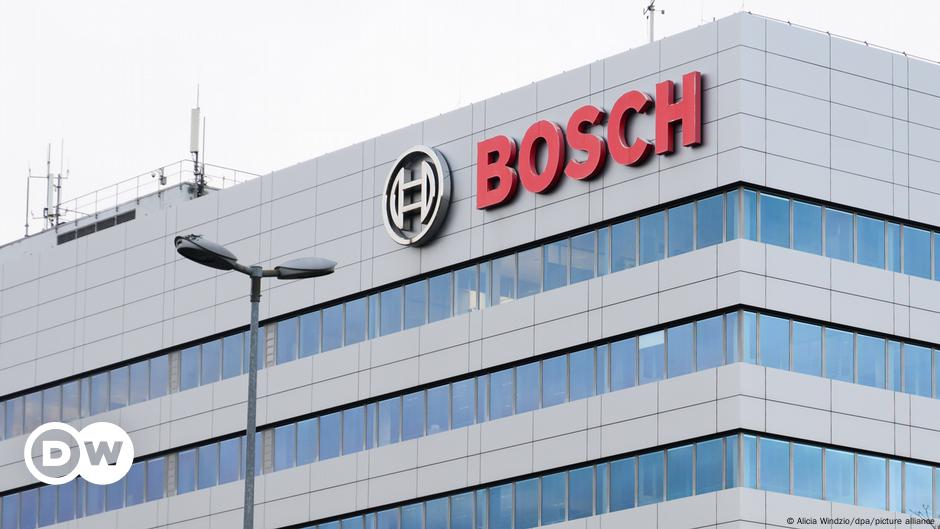Jobs
Hiring Dives As Unemployment Jumps; S&P 500 Futures Sink

The July jobs report showed that hiring badly undershot expectations, as the U.S. economy gained 114,000 jobs. The unemployment rate jumped to the highest level since October 2021, while wage growth eased to a new three-year low. After the jobs report, S&P 500 futures fell sharply, even as markets are pricing in a faster pace of Fed rate cuts as recession fears mount.
↑
X
This Is How The Jobs Report Data Influences The Fed And Interest Rates
Keep in mind that the monthly employment report is seen to be a lagging indicator of the economy’s direction. More timely signals on Thursday stoked concern of a sharp economic slowdown, as initial jobless claims jumped, the Institute for Supply Management’s factory activity index sank further into contraction territory and Amazon.com (AMZN) warned of rising consumer caution.
This story is being updated with more data and analysis. Please check back.
Jobs Report Hits And Misses
The 114,000 overall employment gain badly trailed economists’ 180,000 forecast, according to Econoday. Private-sector employers added just 97,000 jobs, missing 155,000 forecasts. Government jobs rose by 17,000.
Hiring gains in May and June were revised down by a combined 29,000 jobs.
Average hourly earnings rose 0.2% in July, below 0.3% estimates. Twelve-month wage growth of 3.6% undercut 3.7% forecasts, as wage growth fell to the lowest level since May 2021.
Stock Market Futures Slide As Intel, Amazon Plunge On Earnings
Household Survey
The headline job and wage figures come from the Labor Department’s monthly survey of employers. The separate household survey details labor force participation, work status and the unemployment rate.
The household survey comes with a higher margin of error than the employer responses, so monthly changes should be taken with a grain of salt. However, the household survey has been known to lead the employer survey at economic turning points, so it shouldn’t be ignored.
The rise in the unemployment to 4.3% contrasted with predictions of a steady 4.1% rate.
Fed Rate Cut Odds
Ahead of the July jobs report, markets were pricing in 30.5% odds of a half-point rate cut at the Sept. 18 Fed meeting, with 100% odds of at least a quarter-point move, according to CME Group’s FedWatch page. Markets fully expect at least 75 basis points in Fed rate cuts by the end of 2024, with 41% odds of a full point in cuts.
In his news conference after Wednesday’s policy update, Federal Reserve Chairman Jerome Powell said rate-setting committee members hadn’t raised a possibility of a half-point rate cut.
But market expectations have nearly tripled the odds of a half-point move in the past week. Still, some economists noted that the jump in jobless claims to 249,000 in the week through July 27 probably were temporarily increased by the effects of Hurricane Beryl’s impact in Texas.
S&P 500
S&P 500 futures fell 1.8% in Friday stock market action after the jobs report. That followed Thursday’s 1.4% S&P 500 sell-off, which essentially reversed the prior day’s Fed-fueled rally.
Through Thursday, the S&P 500 stood 3.9% below its all-time record closing high on July 16, though still up 14.2% for the year.
Be sure to read IBD’s The Big Picture column after each trading day to get the latest on the prevailing stock market trend and what it means for your trading decisions.
YOU MIGHT ALSO LIKE:
These Are The Best 5 Stocks To Buy And Watch Now
Join IBD Live Each Morning For Stock Tips Before The Open
IBD Digital: Unlock IBD’s Premium Stock Lists, Tools And Analysis Today
AI News: Artificial Intelligence Trends and Top AI Stocks To Watch









